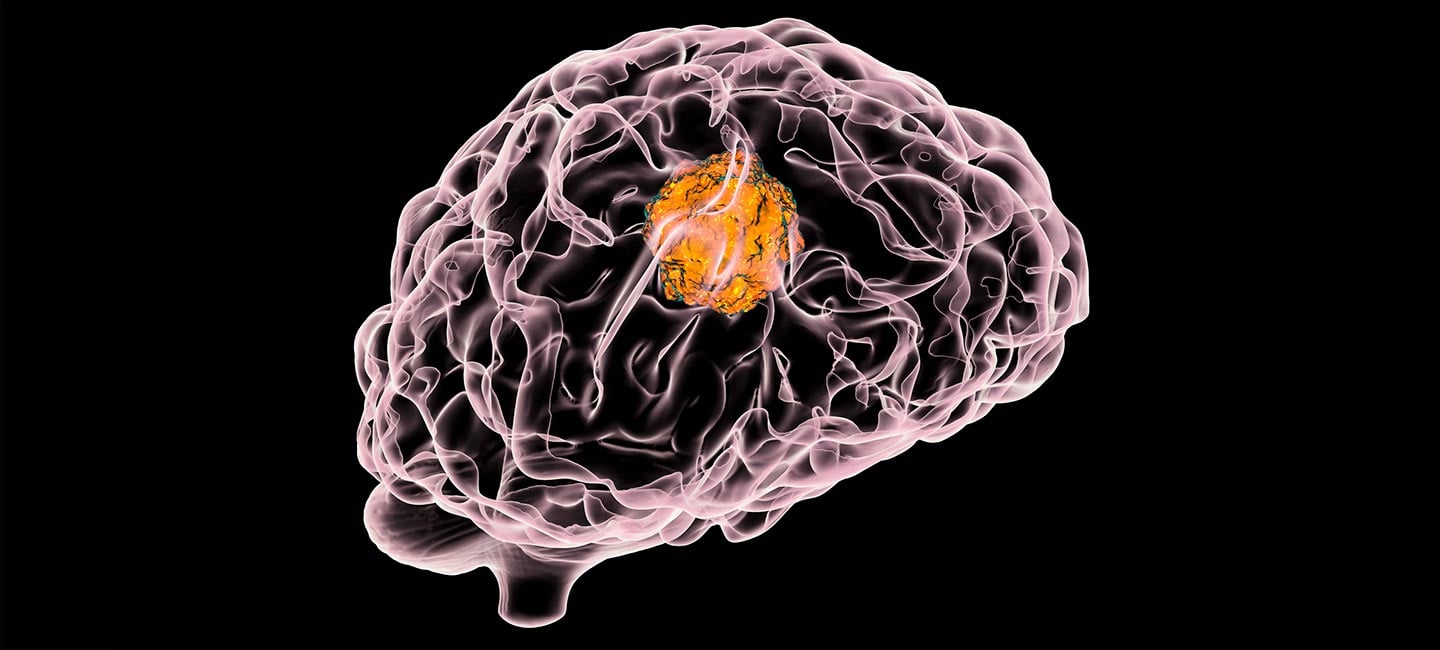
Insights on the Management of Glioma Patients and Treatment Innovations
Gliomas, cancerous tumors originating in the brain’s glial cells, represent nearly 80 percent of primary malignant brain tumors, with approximately 21,000 cases reported in the United States annually. These tumors can affect various brain regions, with around 40 percent of midline gliomas exhibiting the H3 K27M mutation or a similar alteration, a critical factor in diagnosis and treatment.
The glioma landscape, particularly those with the H3 K27M mutation, presents unique challenges and opportunities for patient management and treatment innovation, starting with referring providers in community healthcare settings.
Features and Challenges of H3 K27M-Altered Gliomas
The H3 K27M mutation, primarily found in gliomas in the pons, ventricles, thalamus, brainstem, spinal cord, cerebellum, and pineal regions of the brain’s midline, is a genetic alteration retained throughout disease progression. Accurate classification of gliomas according to the World Health Organization’s criteria for Central Nervous System tumors necessitates testing for this mutation, as recommended by the College of American Pathologists.
Diagnostic Importance
Before developing glioma treatment plans, it’s critical to understand whether a tumor carries the H3 K27 mutation or similar alteration, known as a Diffuse Midline Glioma (DMG), K-27-Altered. This diagnostic testing matters because it impacts the following:
- Presence: The H3 K27M mutation serves as a crucial biomarker due to its consistent presence in all tumor cells throughout the course of the disease and its association with disease initiation.
- Diagnosis: The WHO classifies H3 K27M-altered disease as a distinct grade 4 glioma, such as glioblastoma, emphasizing the need for specific diagnostic testing.
- Prognosis: Patients with H3 K27M-altered diffuse gliomas have significantly lower overall survival rates than those with H3-wild type disease.
- Treatment Resistance: The mutation implies resistance to temozolomide, a standard chemotherapy treatment for gliomas, making targeted therapies such as ONC201 essential.
Diagnostic Techniques
Standard glioma testing includes biopsy and processing followed by microscopic review and immunohistochemistry (IHC) or genetic sequencing. IHC tends to be favored for its rapid turnaround time, cost-effectiveness and minimal tissue requirement. While IHC does not specify the exact gene mutation, it indicates the need for further testing if K27me3 loss is detected.
Genetic sequencing, though more comprehensive in providing additional genetic information, has limitations such as longer turnaround times of a few weeks and the need for adequate tumor specimens, which can be hard to access due to tumor location in critical midline regions.
The high concordance rate (100%) between tissue IHC and molecular sequencing ensures reliable classification regardless of which method is chosen, with testing decisions made locally based on sample availability.
A Promising Investigational Therapy: ONC201
ONC201 (dordaviprone) represents a significant breakthrough in treating H3 K27M-altered DMGs. This well-tolerated experimental cancer drug is the first member of the imipridone class. It works by directly engaging DRD2 and ClpP, leading to the selective induction of cancer cell apoptosis through multiple mechanisms:
- DRD2 Antagonism: Inhibits Ras signaling pathways critical for cancer cell survival.
- ClpP Agonism: Promotes the degradation of specific mitochondrial proteins, disrupting cancer cell viability.
Clinical trials have demonstrated meaningful efficacy of ONC201 in recurrent H3 K27M-altered diffuse midline gliomas, with notable response rates and disease control across different age groups. The mitochondrial effects of ONC201 reverse the hallmark H3 K27me3-loss of these tumors, providing documented survival benefits and reinforcing its mechanism of action.
Clinical Trial Insights and Further Testing
Phase 2 trials of ONC201 have shown promising results, with a 30 percent overall response rate (ORR) in recurrent H3 K27M-mutant diffuse midline gliomas and varying efficacy across different glioma grades – 20% for high-grade gliomas (HGG) and 26% for low-grade gliomas (LGG). Patients with higher performance statuses responded better to treatment, suggesting the benefits of early intervention. Ongoing studies aim to further evaluate ONC201 isolated as a single agent, ensuring strict participant selection criteria to accurately attribute responses to the treatment.
Referral Patterns and Multidisciplinary Collaboration
Referrals from community healthcare settings play a critical role in the management and treatment outcomes of glioma patients. The earlier the tumor is detected, the earlier a patient can be referred to the experts at Moffitt Cancer Center for a diagnosis and begin treatment to ensure they have the best chances of survival.
Where these patients are referred to matters. One study showed that patients with high-grade glioma receiving coordinated multidisciplinary care exhibit significant survival improvements compared to those managed through standard referral patterns. At Moffitt, each glioma case is reviewed by a multidisciplinary tumor board of experts of all specialties from the Neuro-Oncology Department, from oncologists and radiologists to world-renowned neurosurgeons and more. This dedicated and combined consideration from various specialists allows Moffitt’s full depth and breadth of expertise to impact each patient.
Beyond a collaborative approach following referral, enhanced communication between community physicians and Moffitt’s experts can further streamline the continuum of care, leading to better patient outcomes.
Strategies for Improved Referral and Collaboration
- Stay Informed: To make informed referral decisions, community physicians should keep up with evolving treatment options, including clinical trials.
- Enhance Communication: Regular updates and discussions between community physicians and Moffitt’s cancer experts can ensure timely and appropriate referrals.
- Multidisciplinary Care: Adopting a coordinated approach involving various specialists can improve the consistency and quality of care, particularly in the perioperative period.
Moffitt Cancer Center remains at the forefront of glioma patient management and treatment innovations. We leverage the latest diagnostics, therapeutic advancements and a multidisciplinary approach to address and overcome challenges in the cancer landscape, including brain tumors such as gliomas. As a source of expertise and world-class care for referring providers and patients, we take an individualized approach to helping each patient achieve the best possible outcome and quality of life.
To refer a glioma patient to Moffitt, complete our online form or contact a physician liaison for assistance. As part of our efforts to shorten referral times as much as possible, online referrals are typically responded to within 24 - 48 hours.

